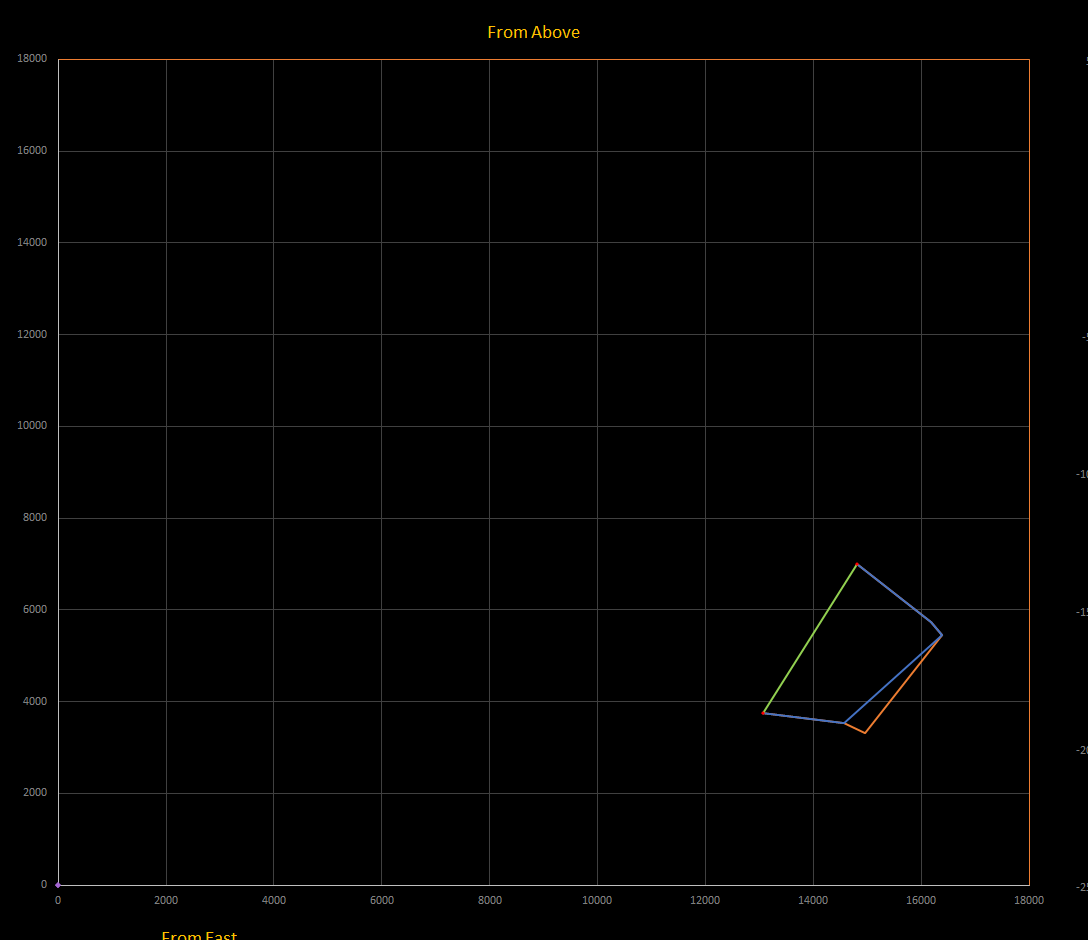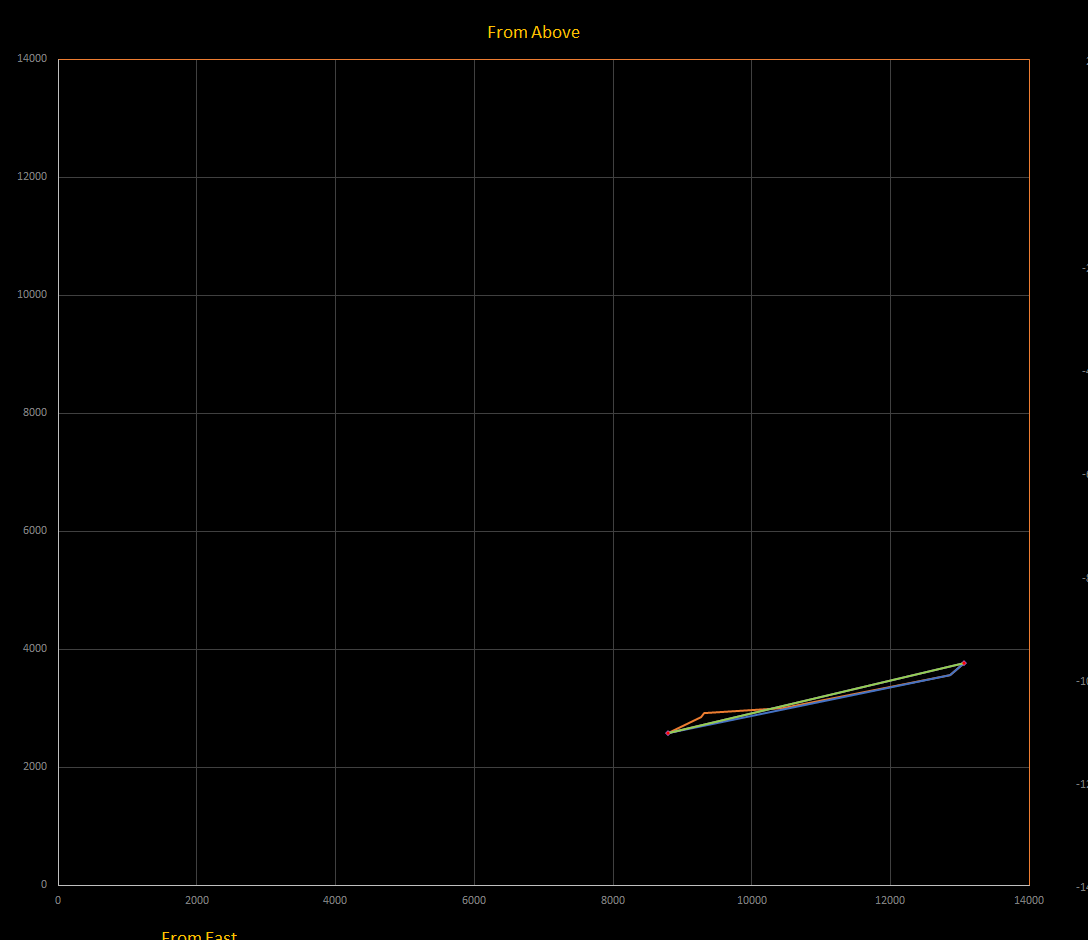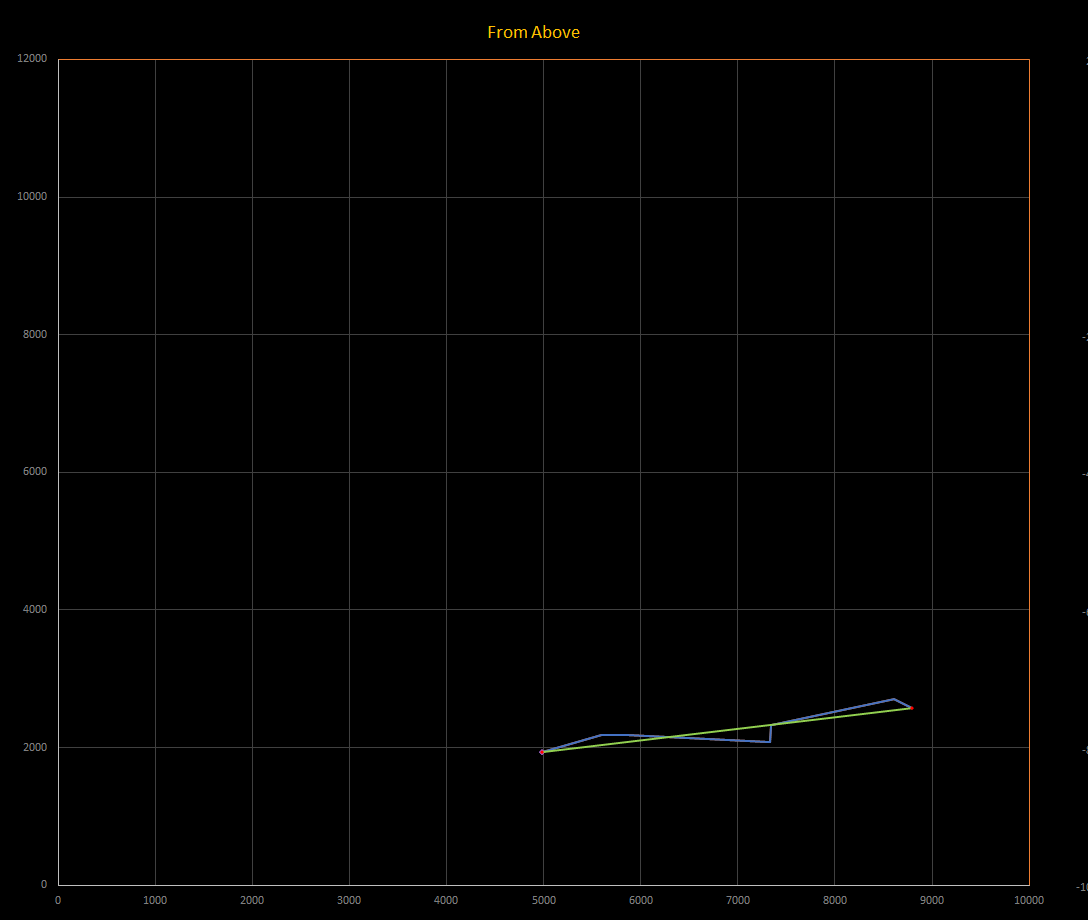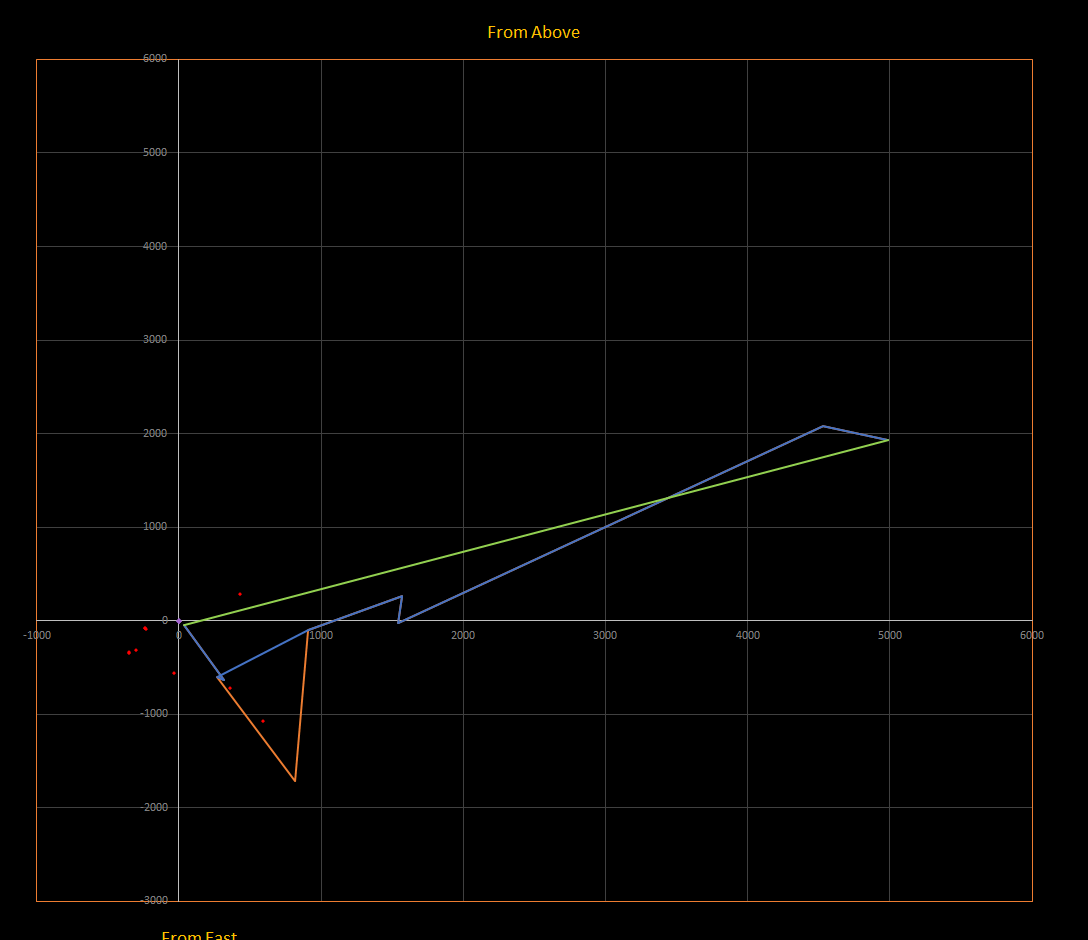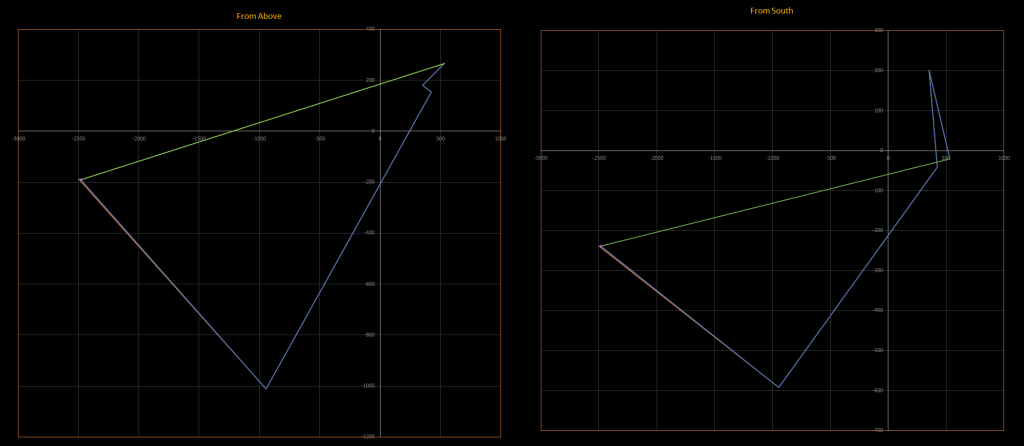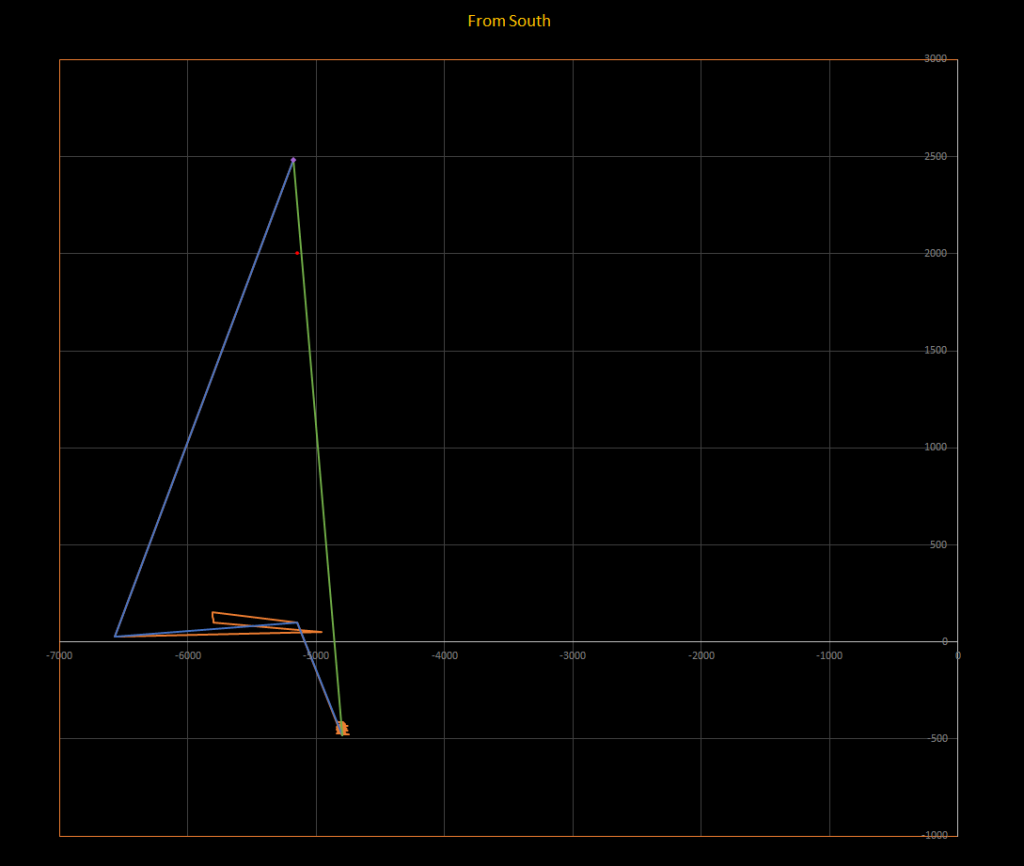Leg 5 begins the “Discovery” phase of the expedition. We are starting to enter areas of space that have been sparsely explored, and as such there are not many points of interest already known to the Galactic Mapping Project or the Galactic Exploration Catalog on the line between GU Muscae and V429 Carinae.
From this point the expedition will focus on finding new sights and discoveries for submission into the Galactic Exploration Catalog, which can be found at https://edastro.com/gec
Legs 5, 6, and 7 will each be two weeks in length. Convening at certain locations along the way for mass jumps! Legs 5 and 6 there are no waypoints besides the basecamps themselves. For Leg 7, the final leg, there will be a few optional waypoints leading up to our final destination at V429 Carinae
Go get your name on something really awesome CMDRs!
Dates
Start Date: February 4, 2024
End Date: February 18, 2024
Distances
Basecamp Line: 8,791 Ly
Main Waypoints: 8,791 Ly
Optional Waypoints: 8,791 Ly
Map, (click for full size):
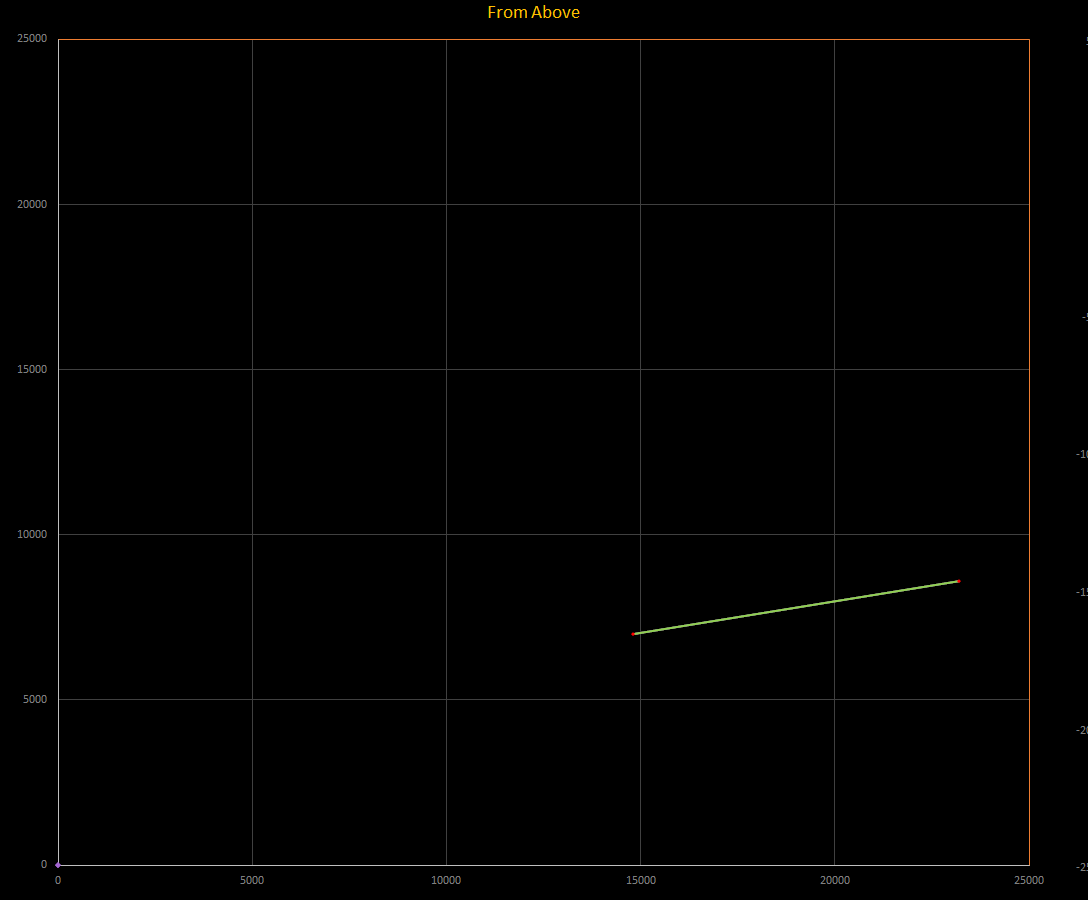
Basecamp: Prie Aec IX-L d7-6
Main Waypoints
- Map References quick reference list, more details below
- Prie Aec IX-L d7-6
Main Waypoints Details
- Map Reference: Prie Aex IX-L d7-6
- This system is our stopover for exploration in this region, it features a terraformable water world as well as an ammonia world amongst it’s selection of planets.
- EDSM Link

